Today, the biggest news comes from Ukraine.
For more than a year, Russia has been fighting a war of attrition, seeking to sustain a steady tempo of advance while outlasting Ukraine. Yet as the heavy battles continue, an increasing number of analysts argue that Ukraine has adapted more effectively to this form of warfare and may now be gaining the upper hand in the war of attrition.
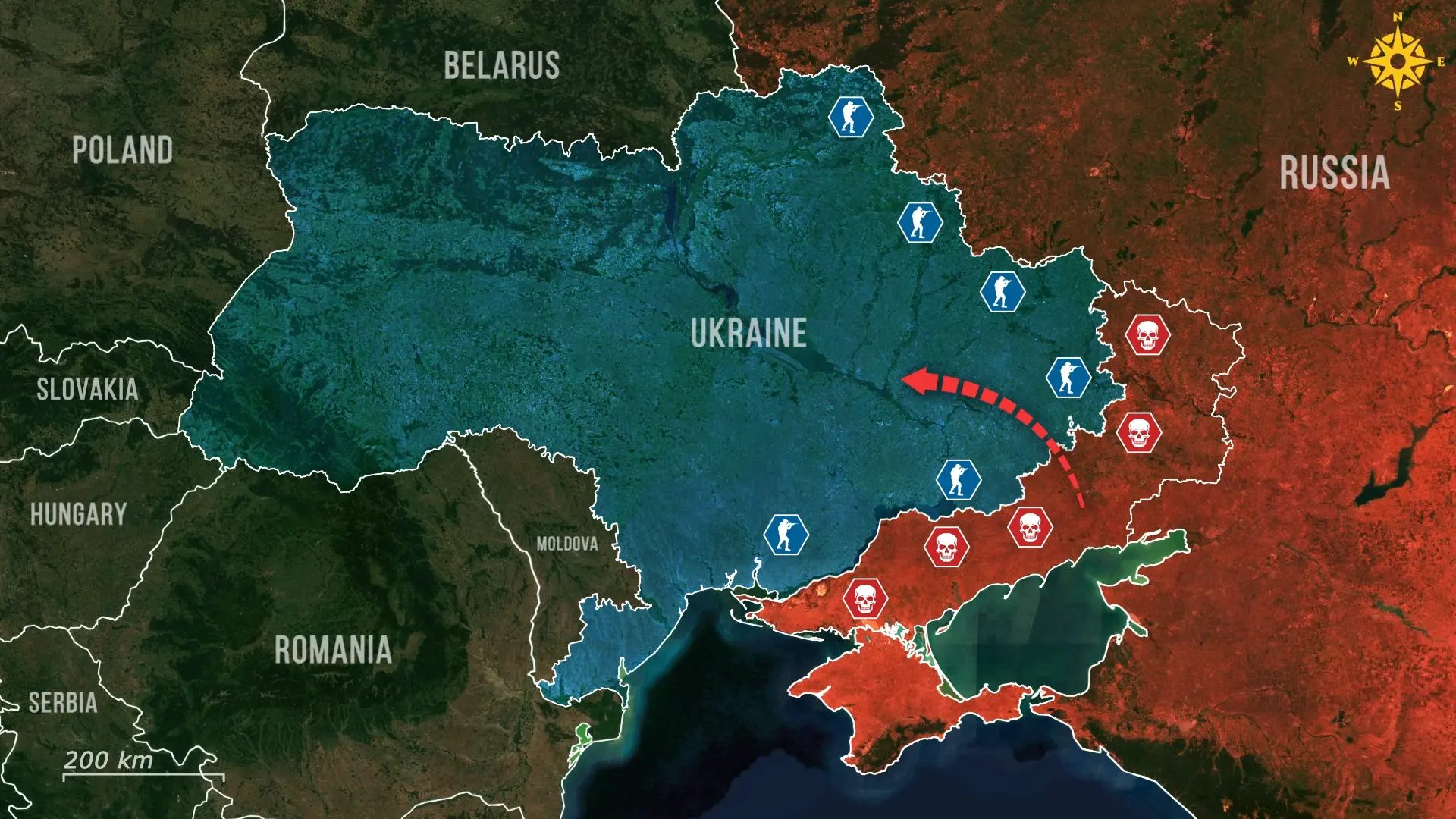
Across the eastern and southern sectors, the battlefield is showing a subtle but decisive shift in momentum. Russia continues to attack along multiple fronts, but can no longer sustain the tempo or scale of operations needed for a breakthrough. Its once armor-heavy offensive has eroded into infantry-based infiltration assaults, a sign of depleted armored reserves, mounting losses, and wavering ability to maintain a tempo of advance. Although Russian forces still hold the initiative in many parts of the theater, their advances have slowed to mere hundreds of meters per week, while Ukraine has even begun decisively regaining ground around Sumy and Dobropillia. Each Russian assault effort consumes vast amounts of manpower and ammunition for minimal territorial gain, creating a clear pattern of erosion rather than expansion and underscoring that Russia’s offensive capacity is wearing down faster than Ukraine’s ability to defend.
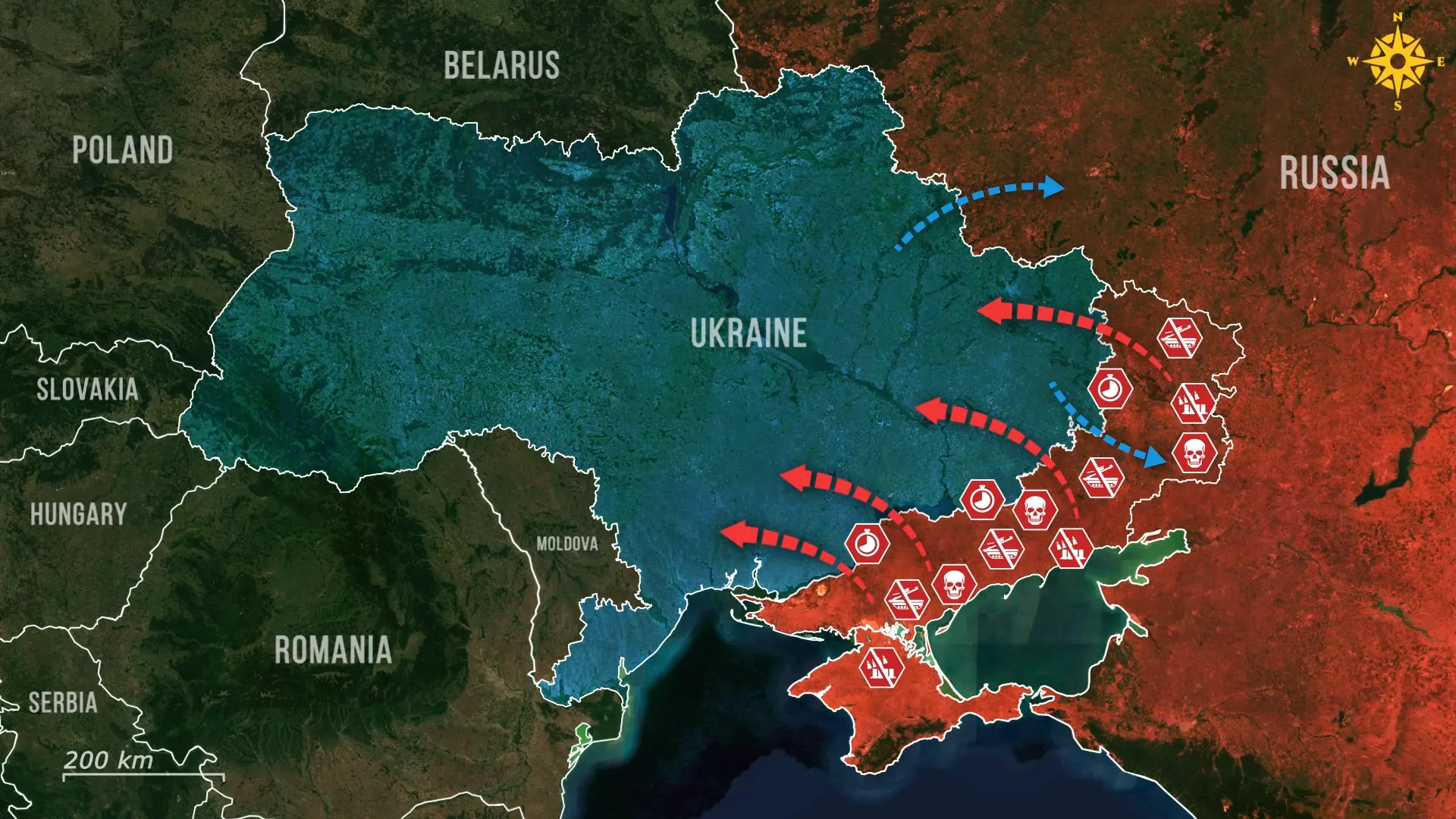
This pattern reflects the war’s evolution into a contest of endurance rather than territorial expansion. Former Commander-in-Chief Valerii Zaluzhnyi, now ambassador to the United Kingdom, described the front as a “dispersed and positional battlefield” shaped by the dominance of drones, which make large maneuvers perilous. Russian drone activity has forced Ukraine to fragment into smaller, autonomous units that move with agility and maintain minimal electronic signatures, avoiding large radio transmissions, heat emissions, and concentrated movement patterns that could be detected by Russian reconnaissance drones or electronic intelligence systems.

The dispersed structure has become central to Ukraine’s resilience. By relying on semi-independent units, Ukraine reduces vulnerability to artillery and reconnaissance while preserving local initiative. These smaller groups can reposition swiftly, exploit weaknesses, and deliver focused strikes without revealing large concentrations of force. Over time, this system has allowed Ukraine to conserve combat strength against a numerically superior opponent, impose constant friction, and force Russia to pay dearly for each meter of contested ground.
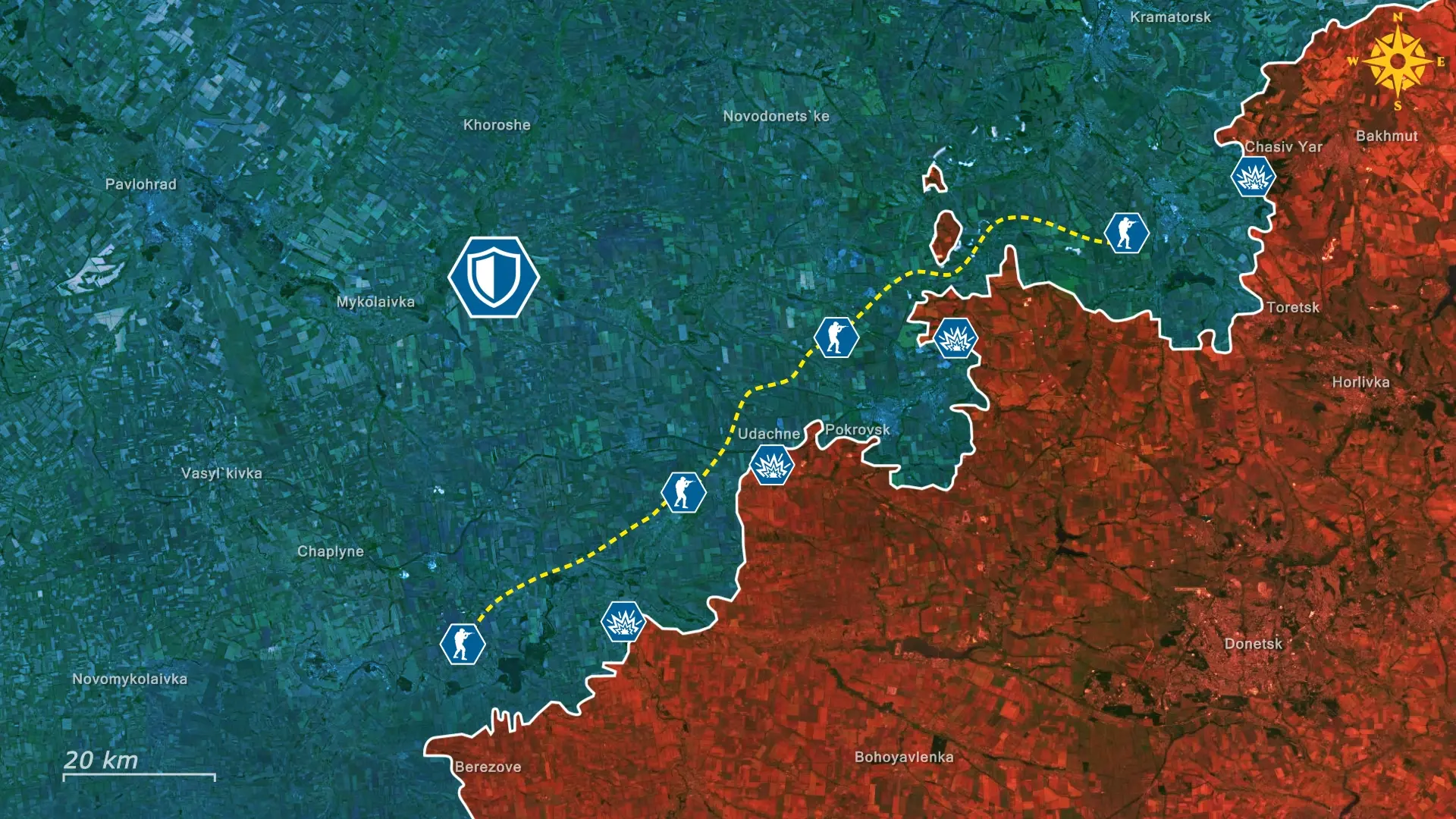
Supporting this on the ground is Ukraine’s embrace of drone-centric warfare, which has reshaped the entire operational environment. What began as improvisation has evolved into a coordinated aerial system. At the tactical level, first-person-view drones now act as precision artillery, destroying vehicles, ammunition depots, and troop concentrations at minimal cost.
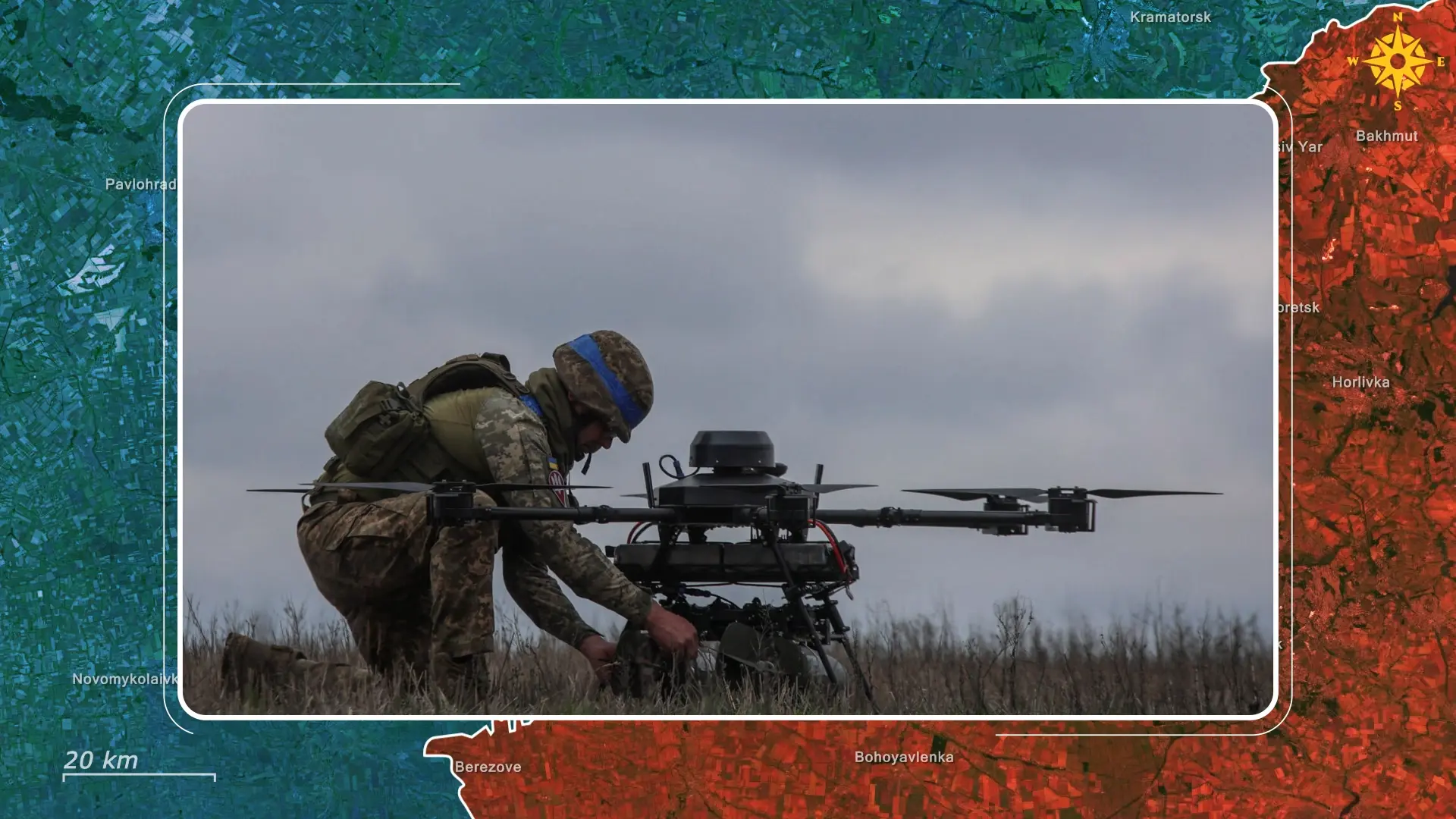
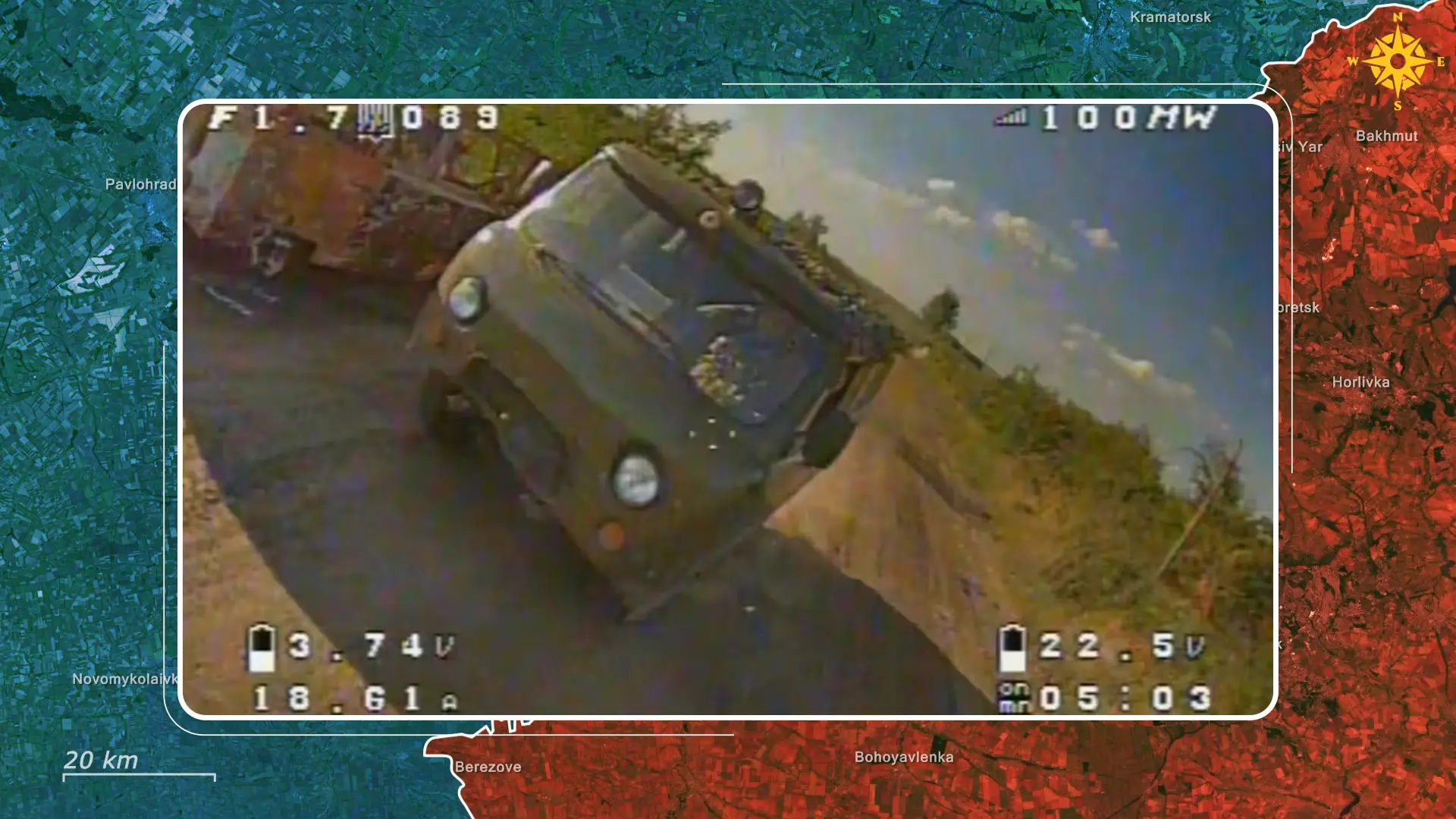
At the strategic level, long-range drones strike fuel facilities, command posts, railway lines, and ammunition depots deep in Russian territory, degrading supply networks and forcing Russia to divert resources to aerial defense. This marks a deliberate shift toward attrition that targets the enemy’s depth in addition to its immediate front.
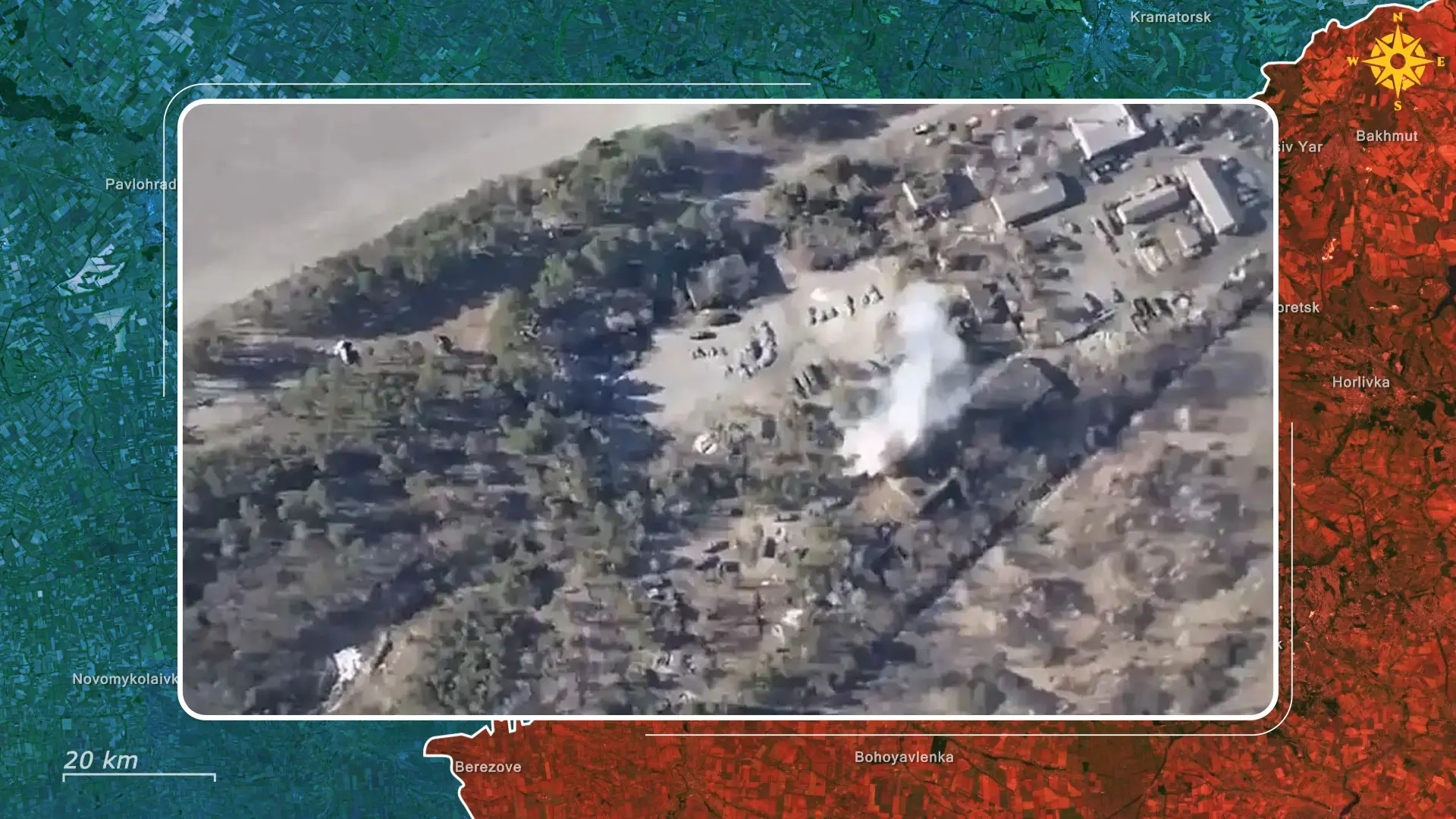
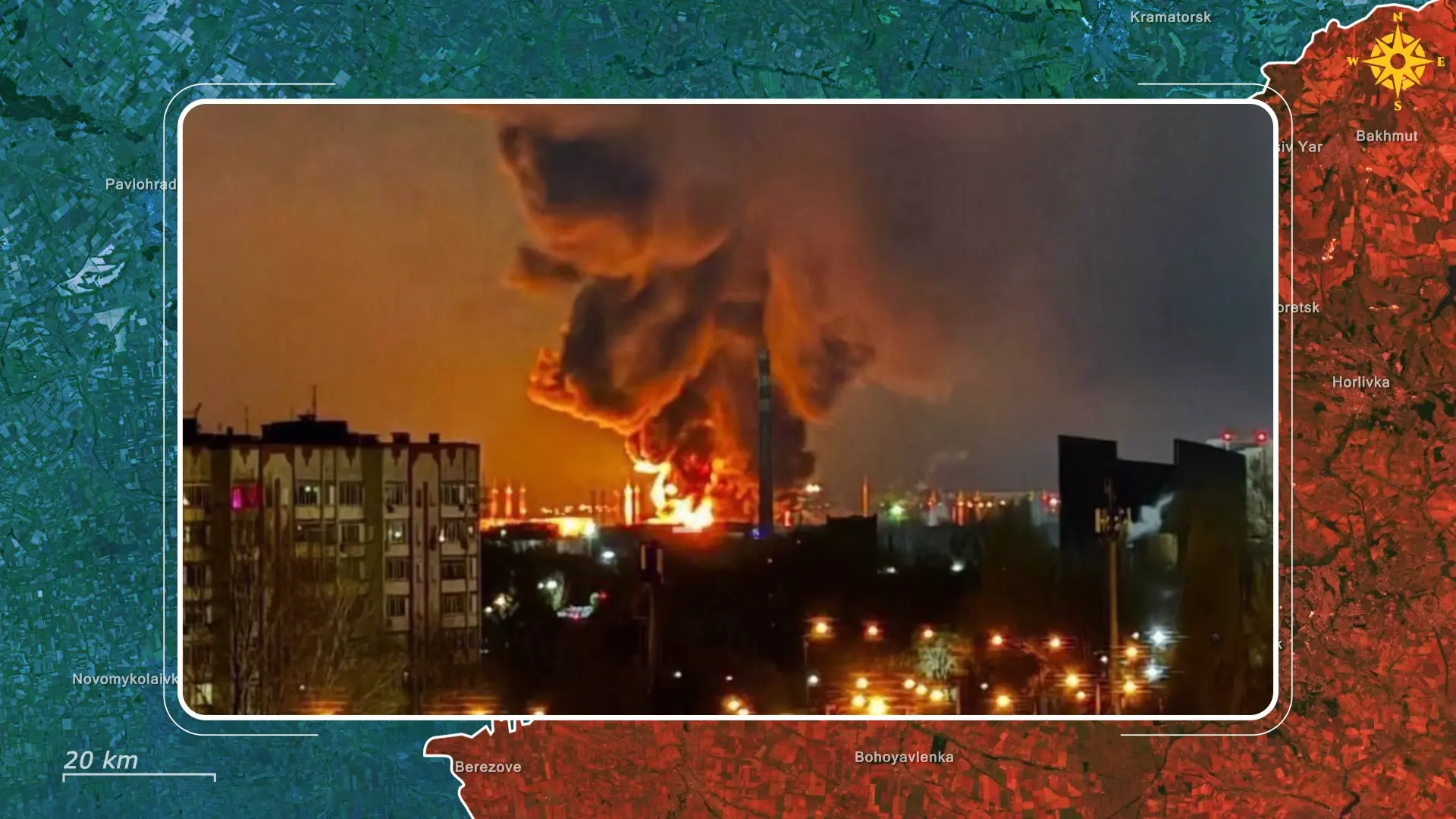
Technological adaptation defines this phase of the war. Russia continues to develop autonomous and AI-assisted drones capable of operating beyond radio control, reducing vulnerability to Ukrainian jamming. Ukraine, in turn, has invested in hardened communications, redundant control systems, and autonomous flight paths to sustain operations in contested electromagnetic conditions.

Air superiority has given way to drone superiority, creating a constant duel for awareness and survivability. The advantage now lies with the side that can produce and adapt the fastest, and Ukraine has shown exceptional ingenuity in maintaining this pace despite limited resources and rare Russian technological leads, such as in fiber optic drones specifically.
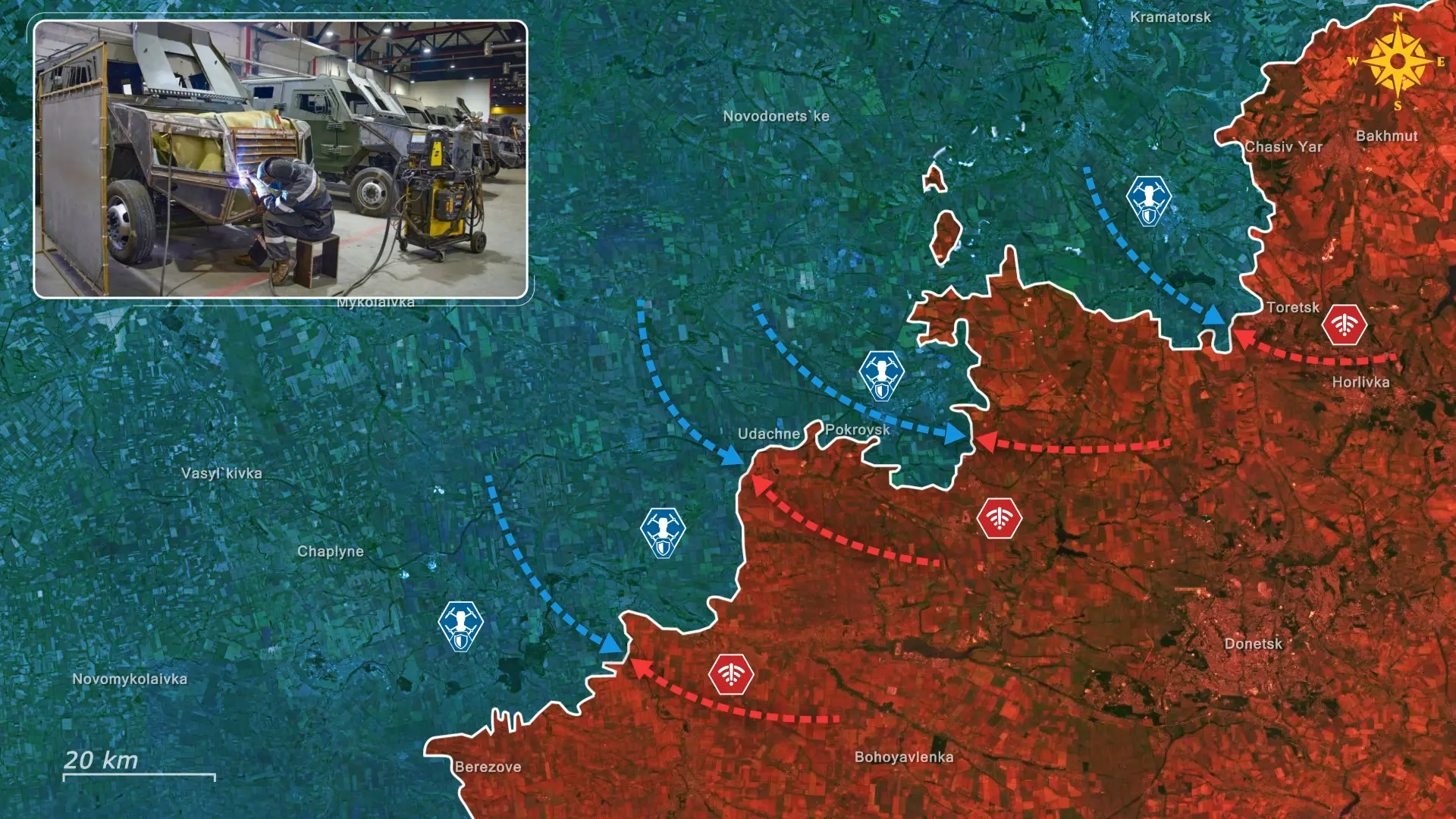
Alongside aerial and electronic innovation, Ukraine increasingly employs unmanned ground vehicles for logistics, reconnaissance, and assaults. These machines resupply forward positions, deliver explosives, and perform high-risk tasks that would otherwise risk soldiers’ lives.
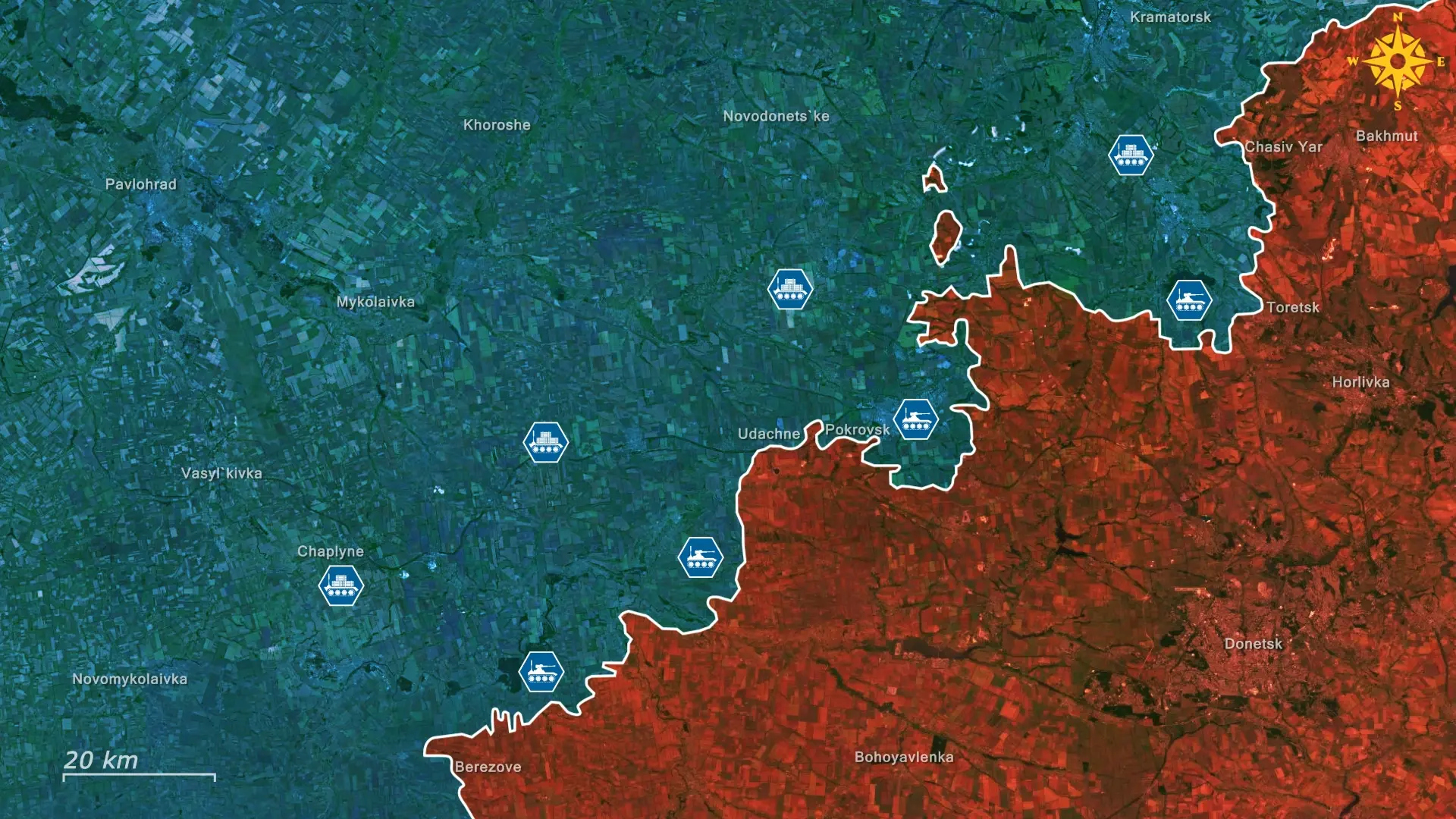
Overall, attrition is ultimately not a contest of territory but of time, production, adaptability, and human endurance. Ukraine’s strategy of dispersion, autonomous command, drone integration, and deep logistical strikes is gradually shifting these factors in its favor. Although Russia retains numerical superiority, its incremental gains can no longer offset the accelerating rate of material and manpower losses it suffers. If current trends continue, the war’s outcome will likely emerge not through a dramatic breakthrough, but through the gradual exhaustion of Russian capacity and Ukraine’s growing ability to make the enemy spend far more than it can afford to lose.









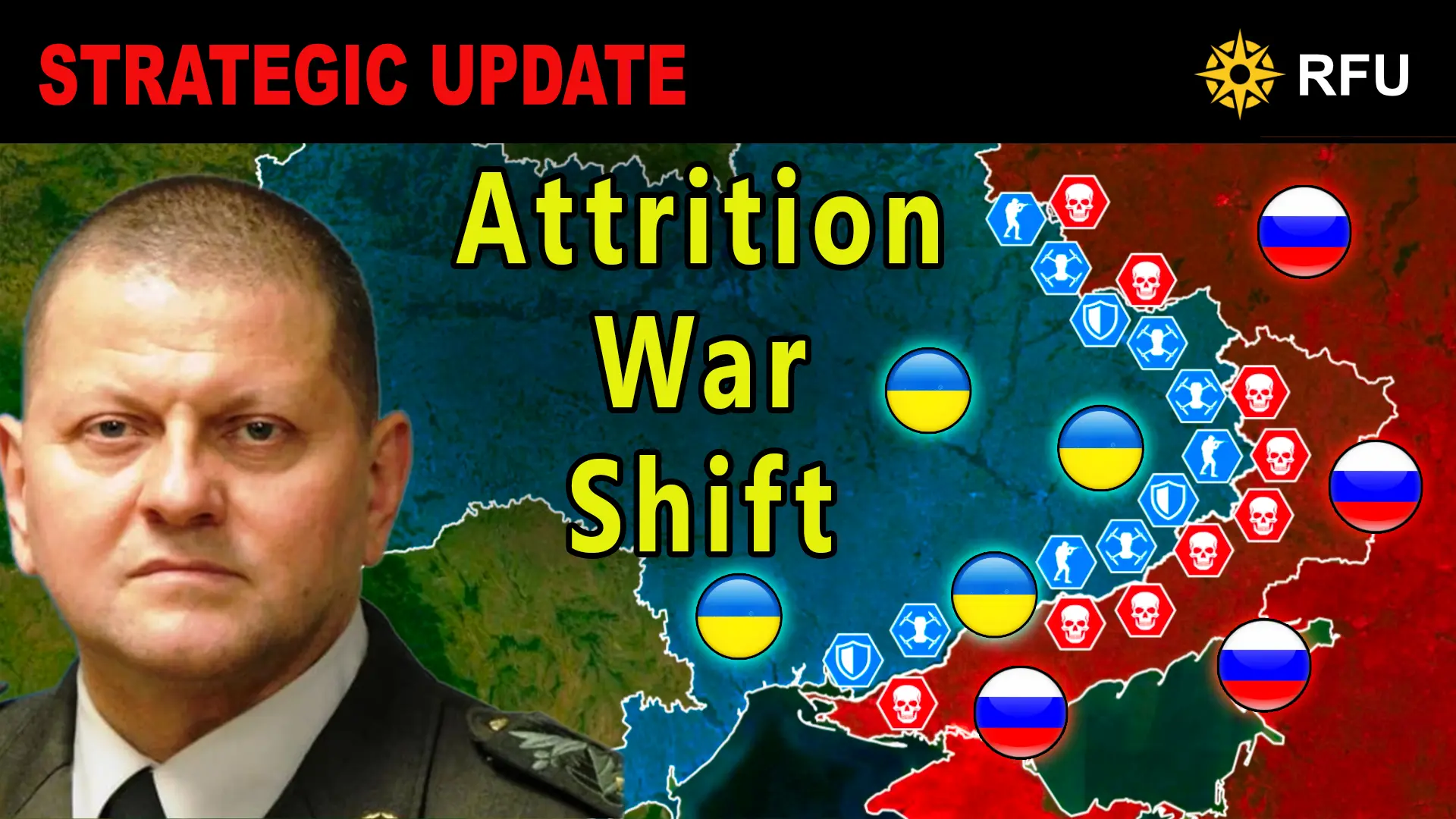
.jpg)
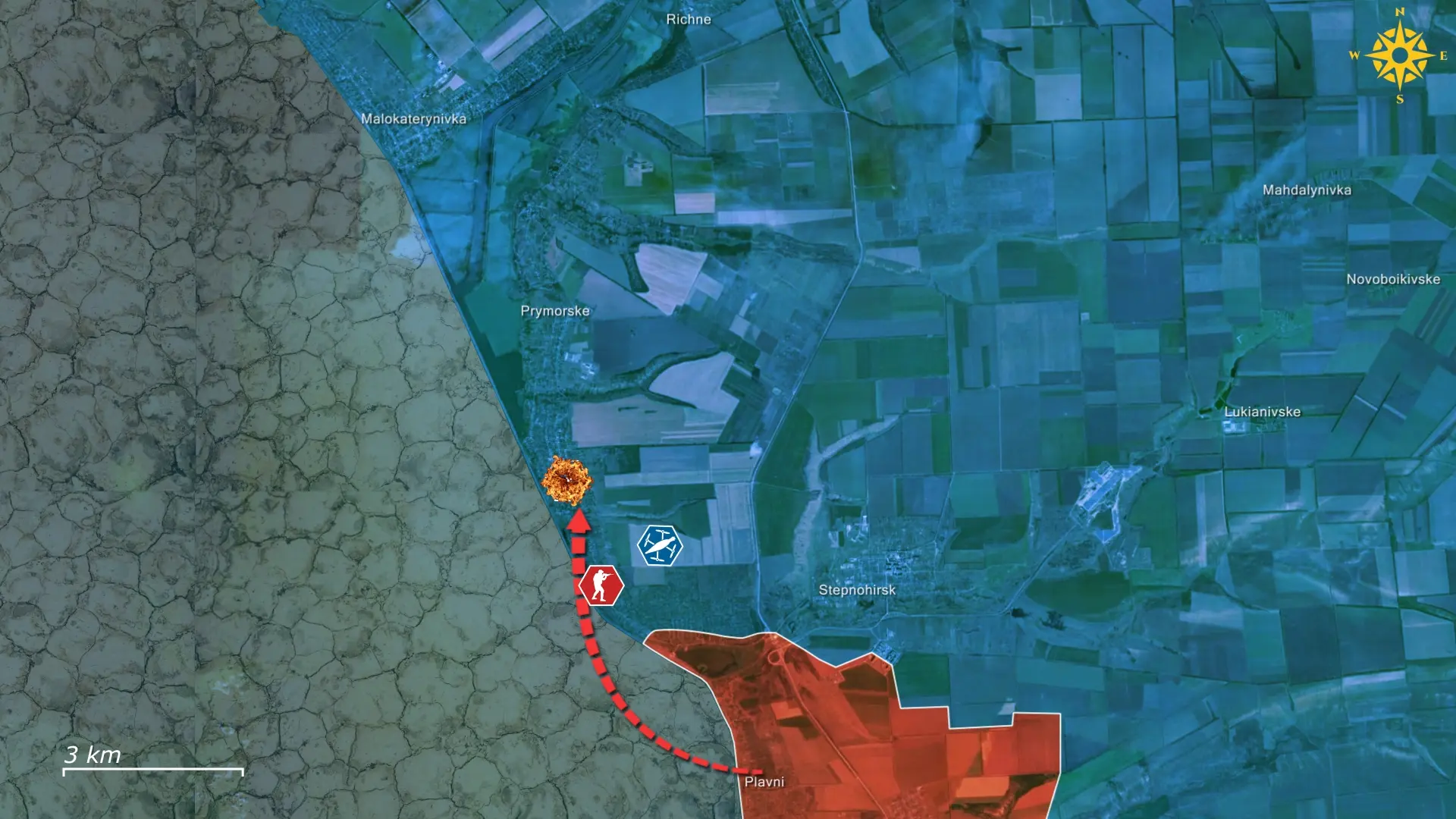
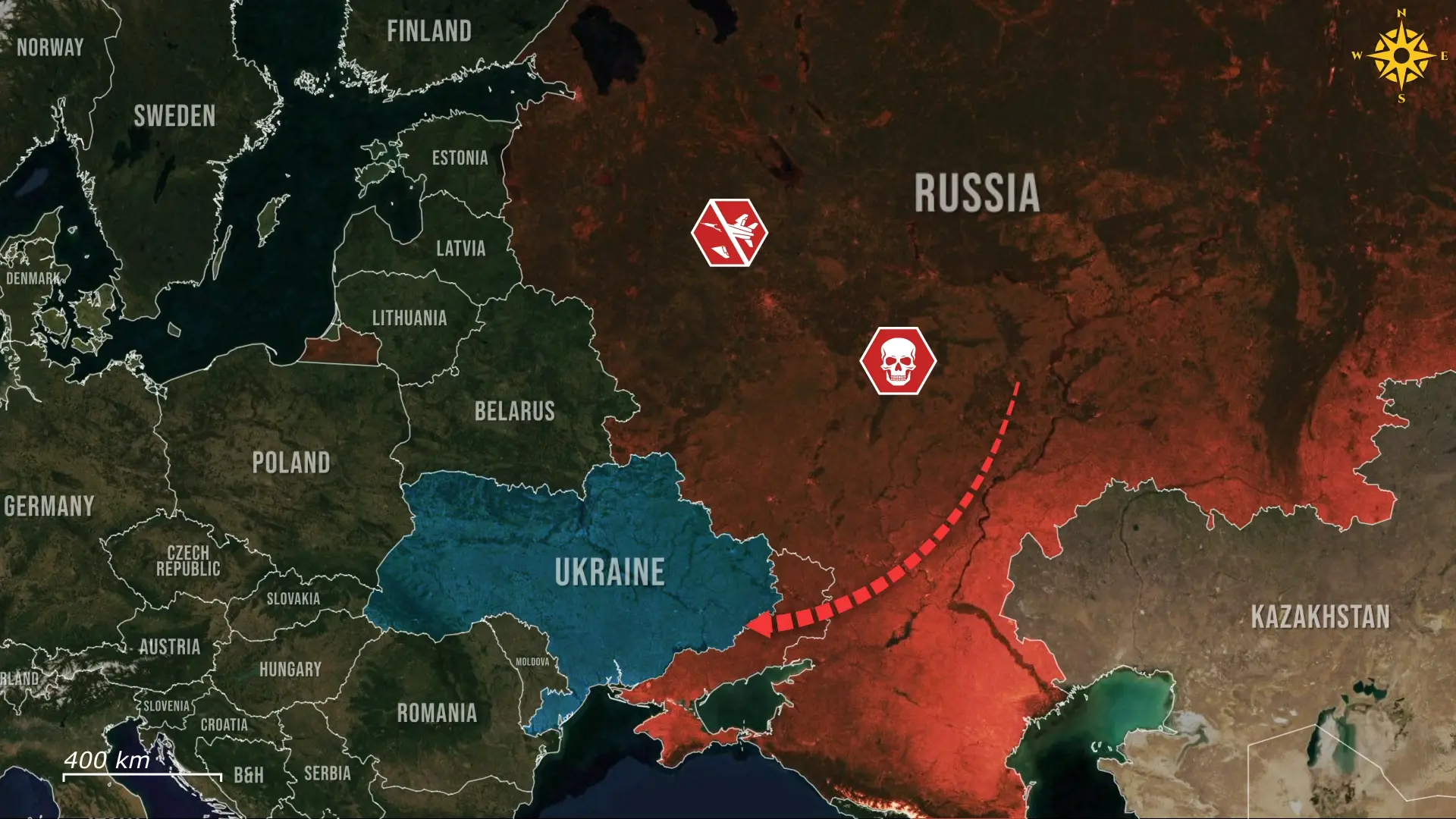
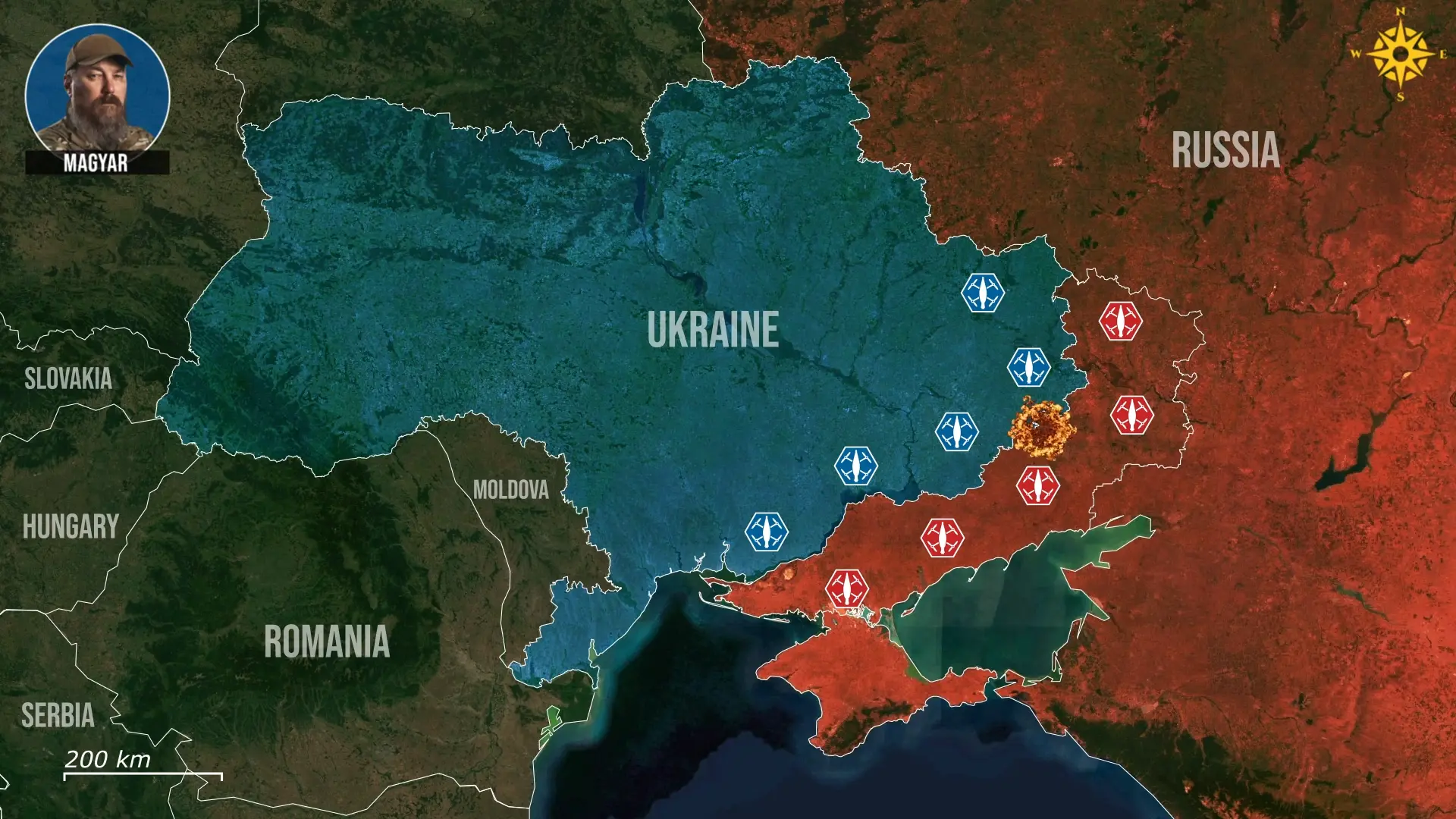



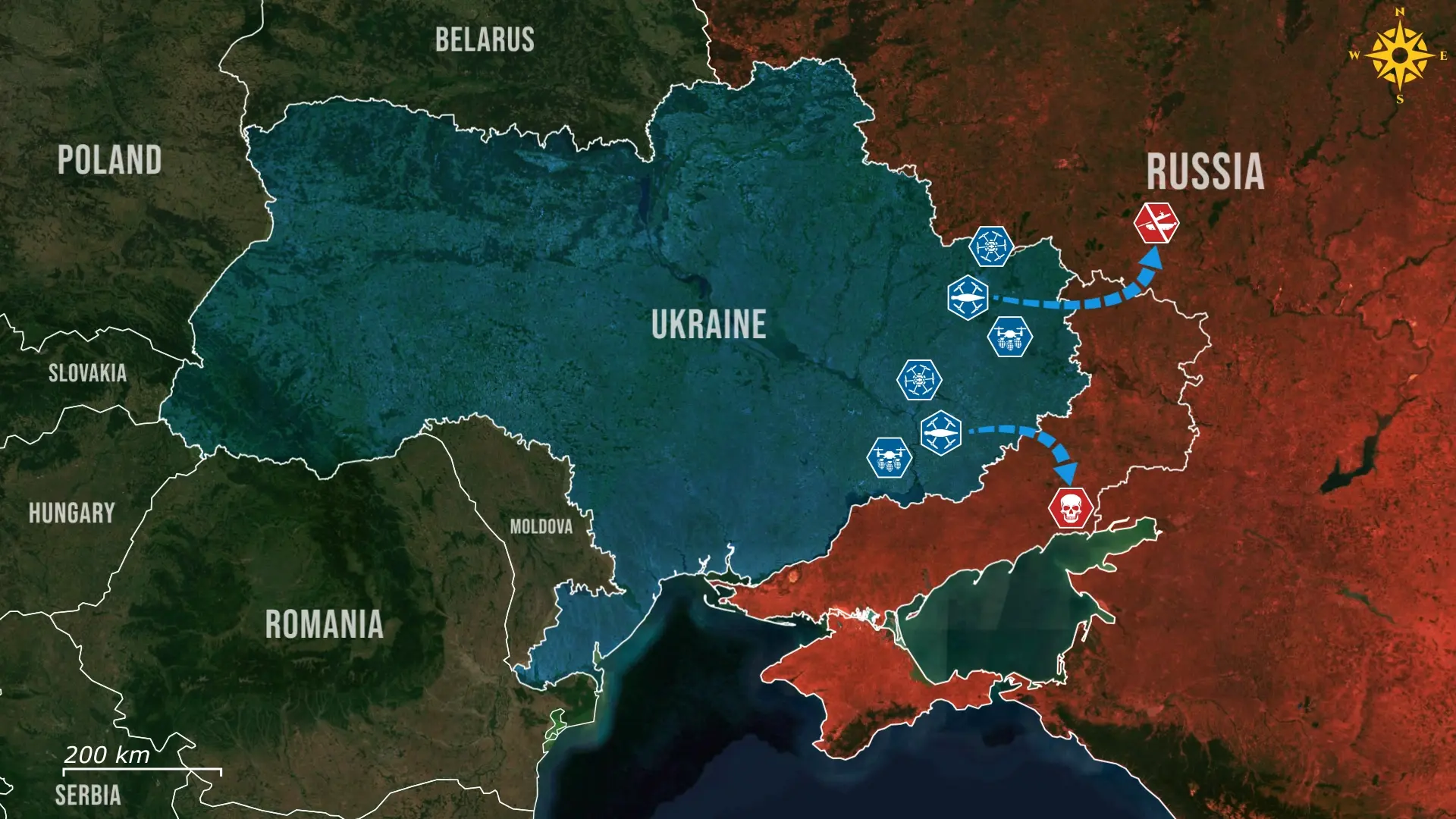

Comments